10 interesting facts about squirrels - charming, quick rodents
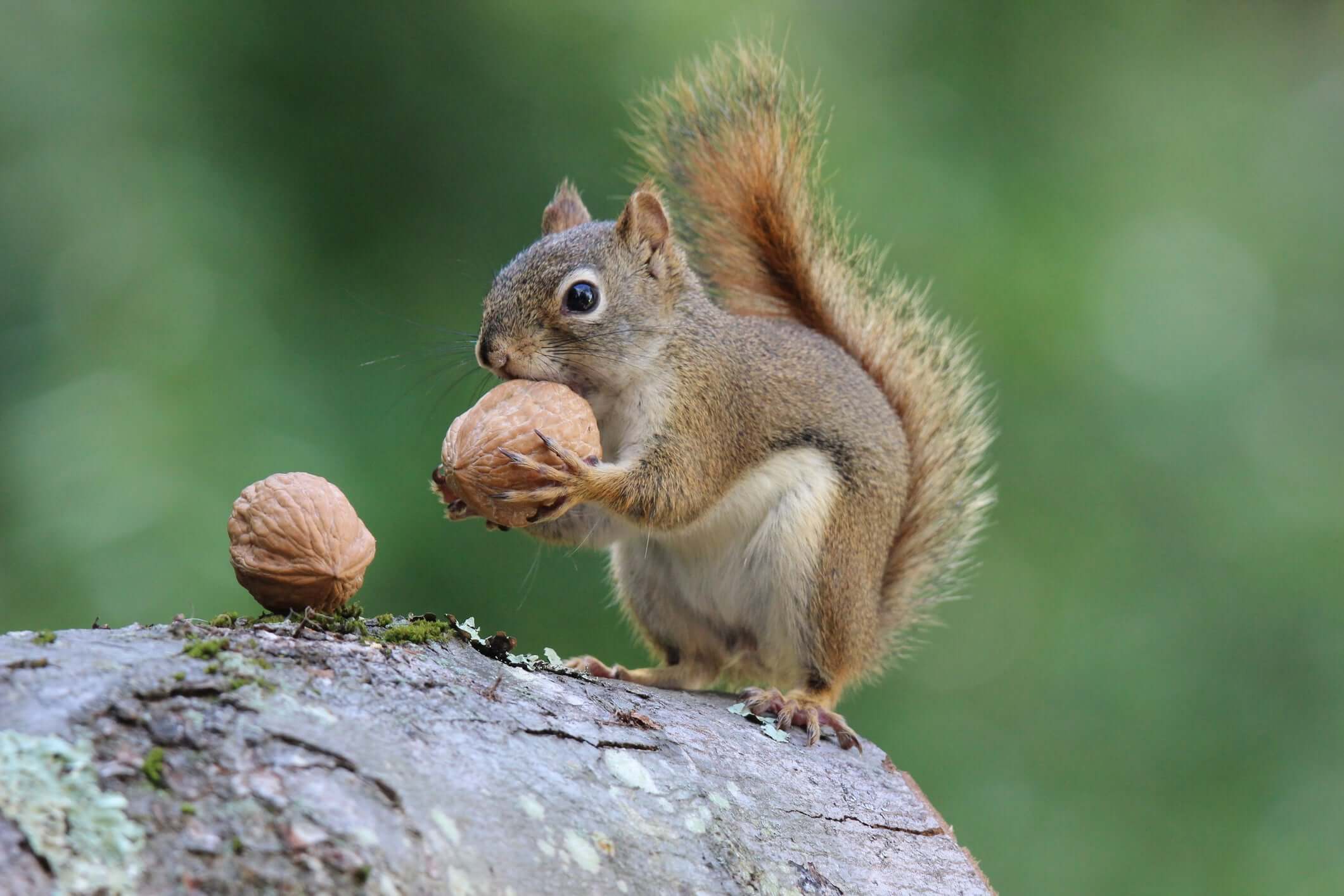
Squirrels belong to the family of rodents, and are part of the rodent genus. Even a child can recognize this animal: it has an elongated body, a face with ears in the shape of a triangle, and a huge fluffy tail.
The squirrel's fur can be of different colors, from brown to ginger, and its belly is usually light, but in winter it becomes gray. It sheds twice a year, in the middle or end of spring, and in autumn.
This is the most common rodent, which can be found practically everywhere, except in Australia and Antarctica. They prefer evergreen or deciduous forests, but can also inhabit lowlands and mountains.
They can have 1-2 litters, with a 13-week interval. A litter can have 3 to 10 pups, which weigh only 8 grams. They start growing fur after 14 days. Their mother feeds them with milk for 40-50 days, and at 8-10 weeks, the pups become adults.
If you like these animals, then these 10 most interesting facts about squirrels are worth studying.
1. In ancient times, their skins served as currency
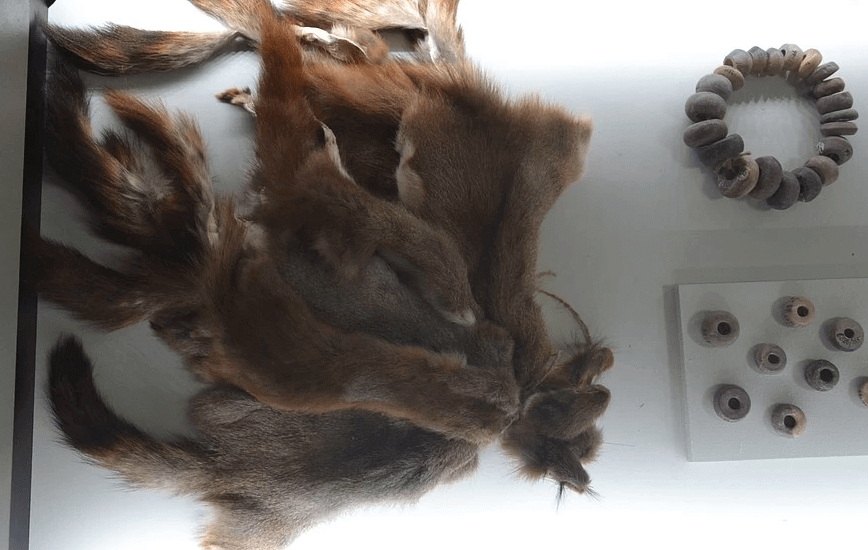
The squirrel has always been considered a valuable fur animal. Often hunters, who lived in the taiga of the Urals, Siberia, hunted specifically for it. The ancient Slavs were engaged in agriculture, hunting, and trade. Our ancestors sold fur, wax, honey, and fluff. The most popular goods were used as money, most often the skins of squirrels and sables. Fur was used to pay taxes, tribute, and to make mutually beneficial deals.
2. They swim really well
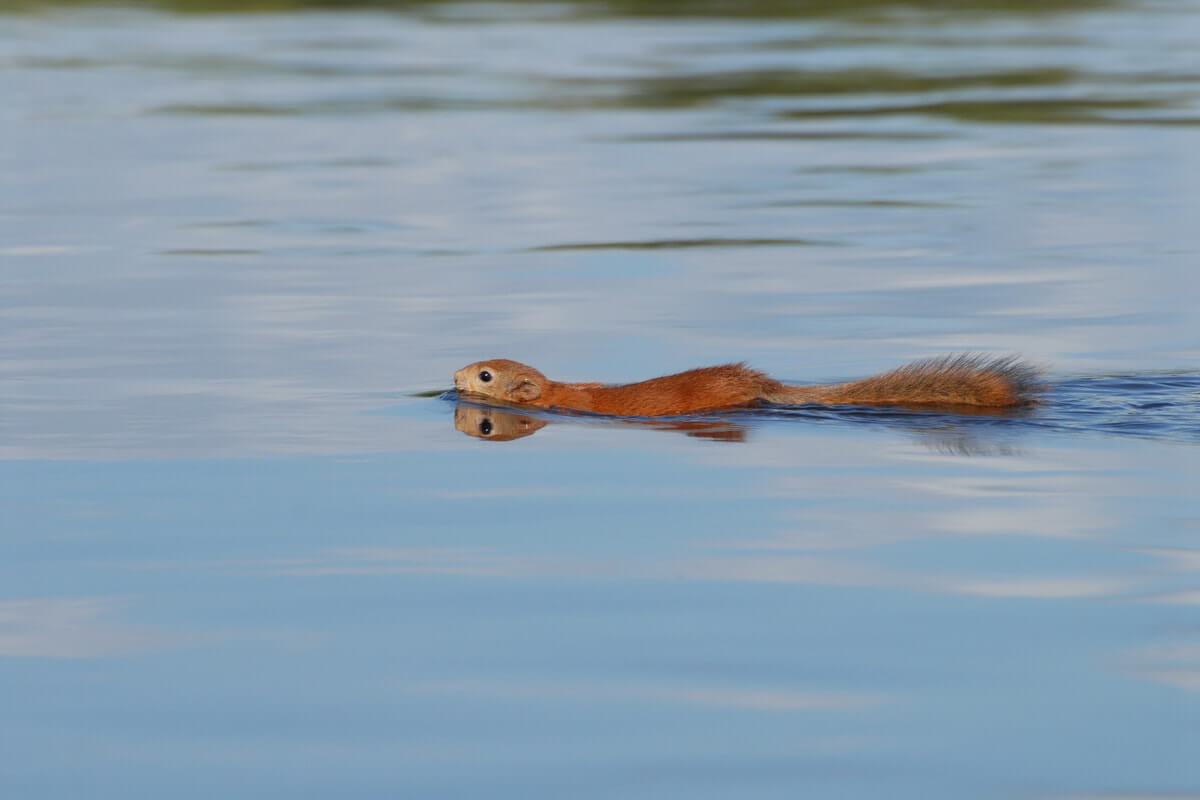
Squirrels can swim, although they prefer not to. But if the need arises, for example, during a flood or fire, they will jump into the water and swim, trying to reach the shore. When crossing rivers, squirrels gather in groups, raise their tails, and overcome the water obstacles. Some of them drown, but the rest safely make it to the shore.
3. Tail are the real steering wheel
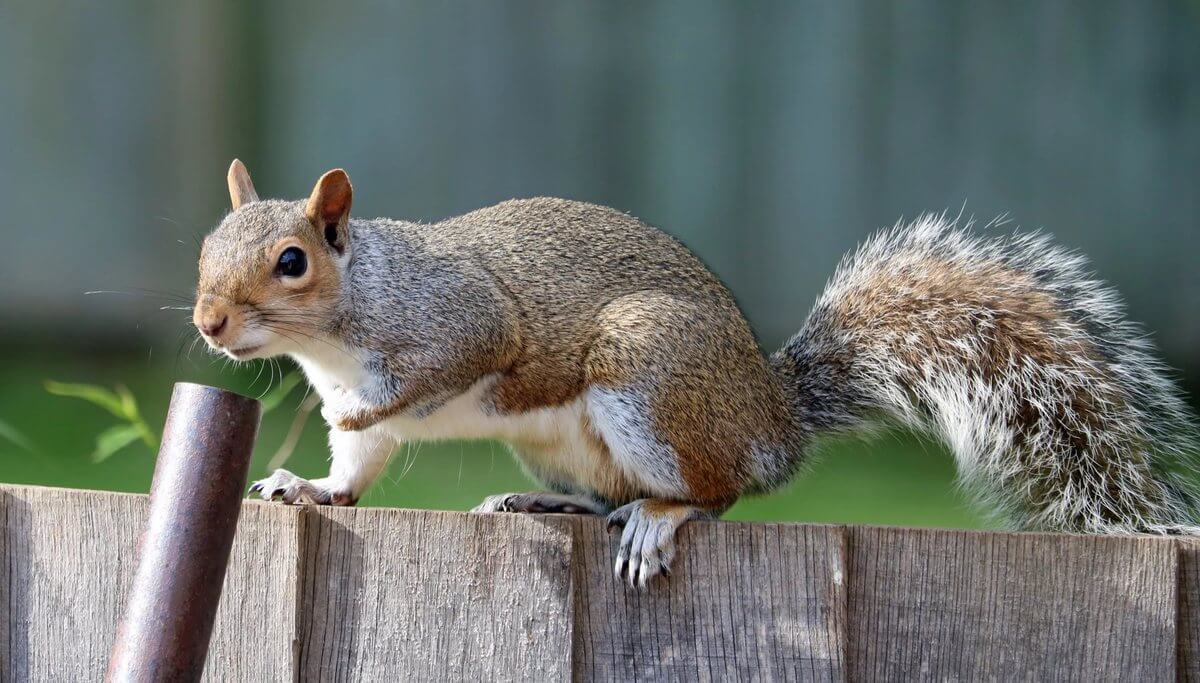
The squirrel's tail is as long as its body, very long, fluffy, and thick. It's necessary for her because it's like a rudder when she jumps from branch to branch, and it also acts as a parachute when she accidentally falls. With it, she can balance and confidently move on the very top of the tree. If the squirrel decides to rest or eat, it becomes a counterbalance.
4. Nomadic way of life
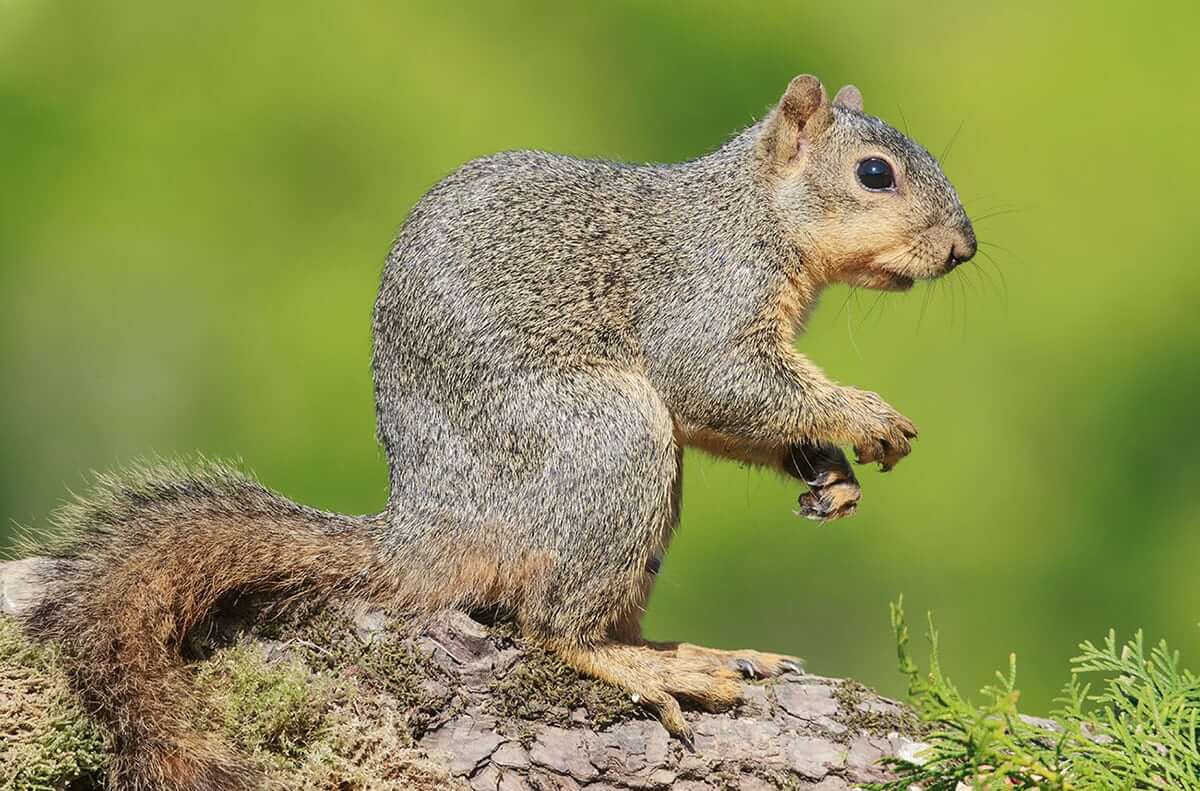
In ancient chronicles, it was mentioned that squirrels can migrate. These mass movements were caused by forest fires or drought, but most often by crop failure. These migrations begin at the end of summer or the beginning of autumn.
Rodents rarely moved far, choosing the nearest forest for living. But there were cases when they migrated for 250-300 km.
Squirrels migrate individually, without forming flocks or clusters, unless they encounter a natural obstacle along the way. Many of them perish from cold and hunger during such migrations, falling into the clutches of predators.
In addition to mass migrations, there are also seasonal ones, as the food in the forests ripens sequentially, and squirrels keep track of this. Also, at the end of summer and the beginning of autumn, the young begins to disperse, traveling significant distances from the nest (70-350 km).
5. They spend most of their time in the trees
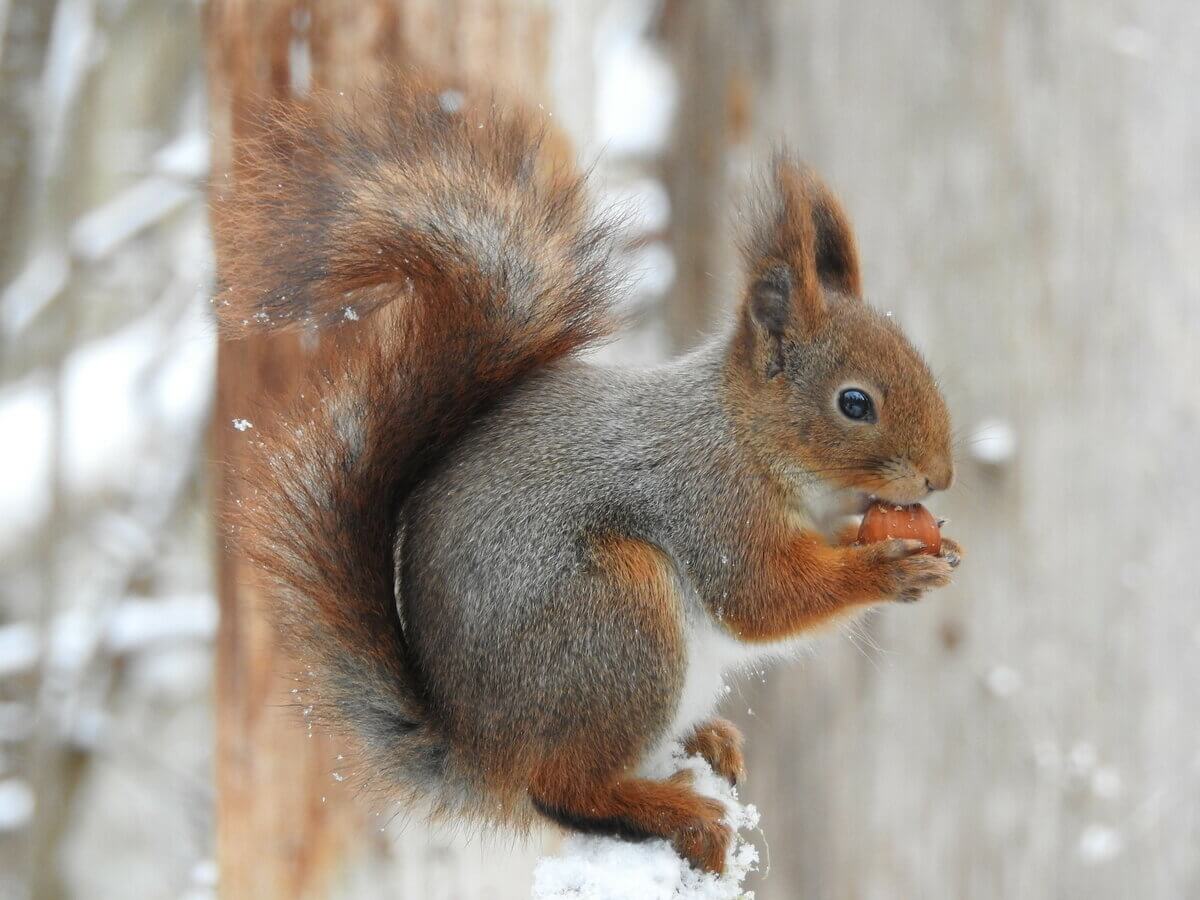
Squirrels prefer to stay alone. They spend most of their lives in trees, jumping from one to another. They can cover distances of several meters in length, which is a lot considering their body size. They can also jump down long distances, up to 15m.
Occasionally they may come down to the ground for food or to collect supplies, and they can also move on the ground by jumping up to 1m. They come down from the trees in the summer, but prefer not to do so in the winter.
Squirrels are able to quickly climb trees, gripping the bark with their sharp claws. They can shoot up to the very top, moving in a spiral.
6. One animal can build itself 15 nests
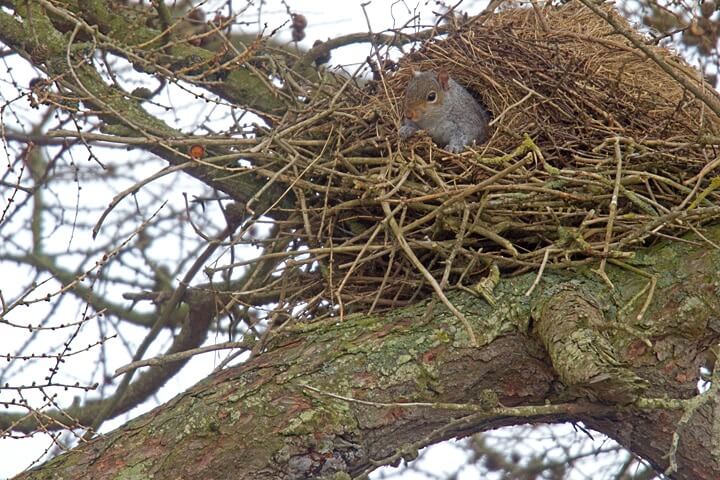
Squirrels prefer to live in trees. Naturally, they also settle in trees. In deciduous forests, they choose hollows for themselves. Squirrels that settle in coniferous forests prefer to build dreys. These are nests in the form of balls made of dry branches. Inside, they line them with soft material.
Males never build nests, preferring to occupy a female's nest or settle in a vacant bird dwelling. A squirrel never lives in the same nest for long, changing it every 2-3 days. Most likely, this is necessary to escape parasites. Therefore, she doesn't have just one nest, she has several, up to 15.
The female usually carries the young from one nest to another in her mouth. In winter, 3-6 squirrels can gather in a nest, although they usually prefer solitude.
In the cold season, they only leave the nest to search for food. If there are severe frosts or bad weather, they prefer to spend this time in the nest, entering a semi-sleep state.
7. Considered omnivorous
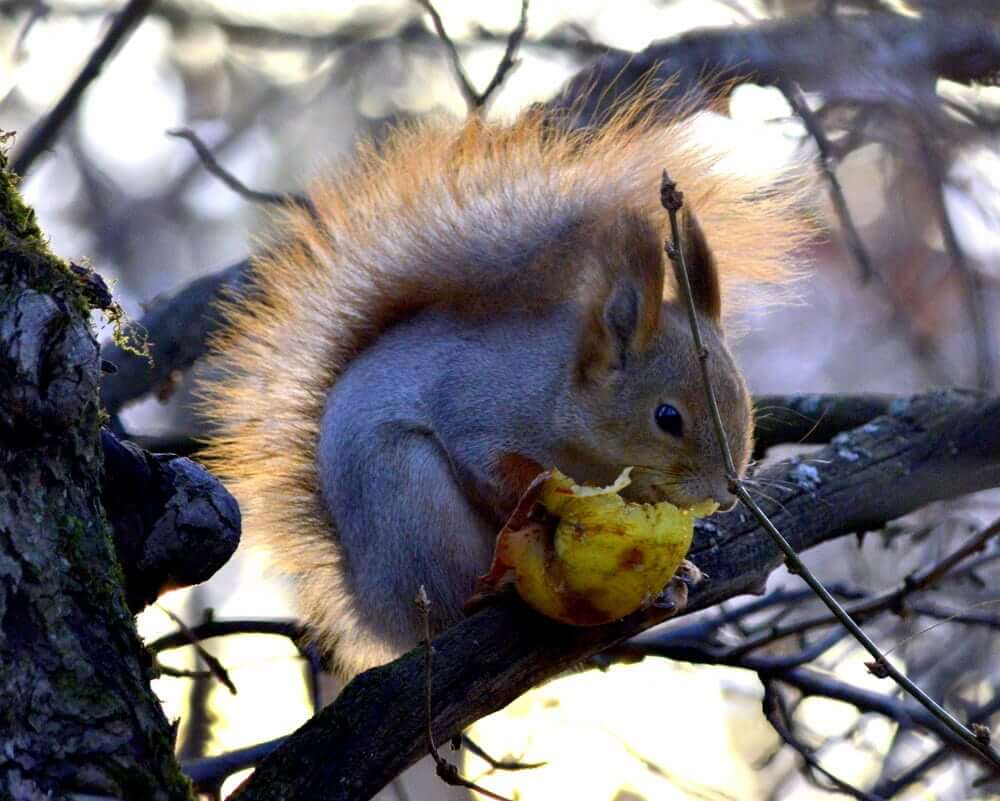
They are omnivorous rodents, they can eat various foods, but their main food is the seeds of coniferous trees. If they settle in deciduous forests, they eat acorns or forest nuts.
They can snack on mushrooms, berries, eat tubers or plant roots, young branches or tree buds, various herbs and lichens. They won't refuse fruits ripening in the forest. In total, they eat up to 130 different types of food.
If the year turns out to be poor, they can migrate to other forests for many kilometers, or switch to other food. They eat insects and their larvae, can feast on eggs or chicks.
For the winter, these clever animals stock up on food. They bury it among the roots or in hollows, dry mushrooms on tree branches. Often squirrels can't remember where their supplies are, in winter they can find them by accident if birds or other rodents haven't eaten them before.
8. In Russia, only the common squirrel is found
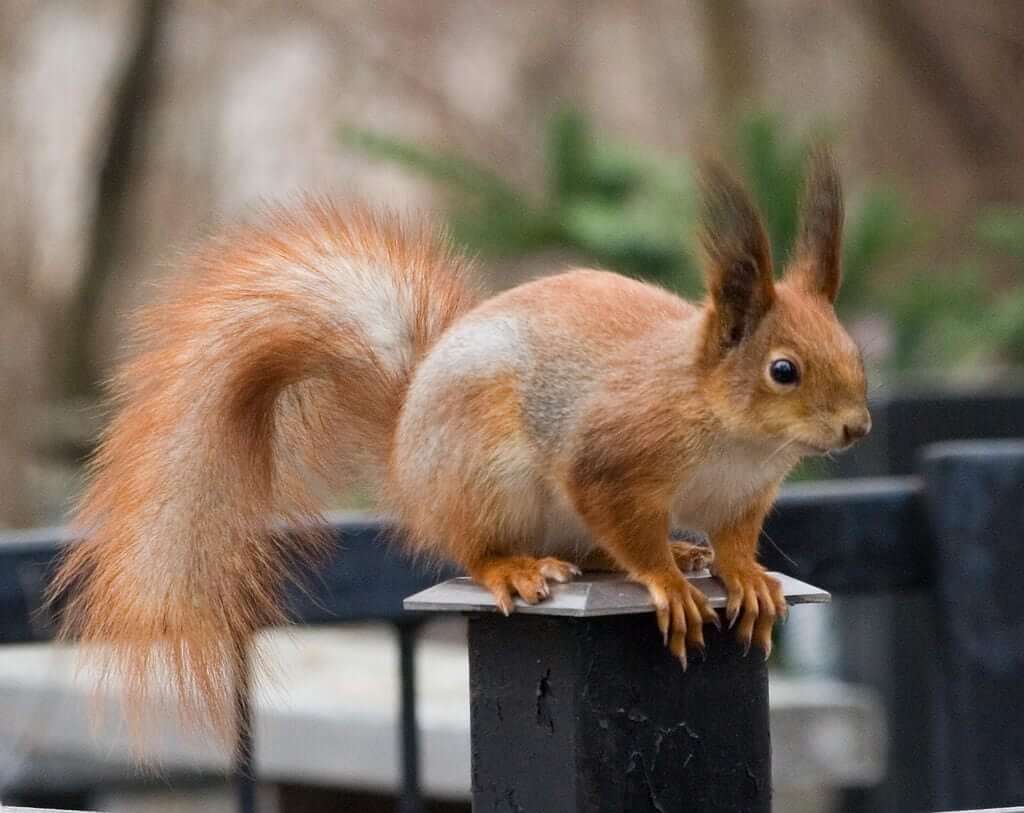
In our country's fauna, there is only the common squirrel. It chooses to live in the forests of the European part, as well as the Far East and Siberia, and in 1923 it resettled to Kamchatka.
This is a small creature, growing up to 20-28 cm, with a huge tail, weighing less than 0.5 kg (250-340 g). Its summer fur is short and sparse, reddish or brown in color, while its winter fur is fluffy, thick, gray, or black. There are about 40 subspecies of this squirrel. In Russia, you can find the Northern European, Central Russian, Teleut, and others.
9. They've been around for about 50 million years
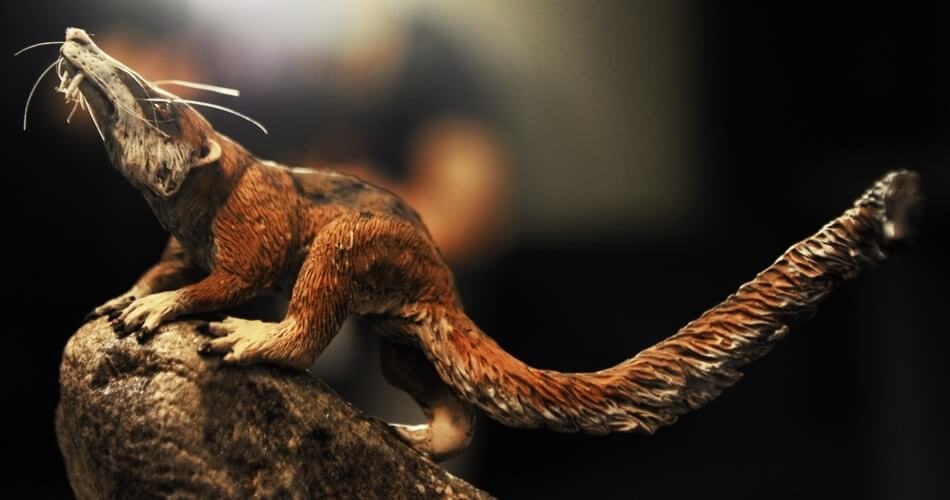
The rodent order, which includes squirrels, comprises about 2,000 species, and its members live all over the world. The oldest representative of this order is Acritoparamys, which inhabited North America 70 million years ago. It is the ancestor of all rodents on the planet.
And 50 million years ago, in the Eocene, there were representatives of the genus Paramys, which in their appearance resembled squirrels. The appearance of these animals was fully reconstructed, they had all the main features of this rodent. But if we talk about the direct ancestor, these are representatives of the genus Protoscirius, which formed 40 million years ago. It was then that Iscbyromyides transitioned to the new family Sciurides, to which squirrels belong.
Protoscirius already had a well-developed skeletal structure and middle ear bones, like modern animals, but they still had primitive teeth.
10. About 30 species are highlighted
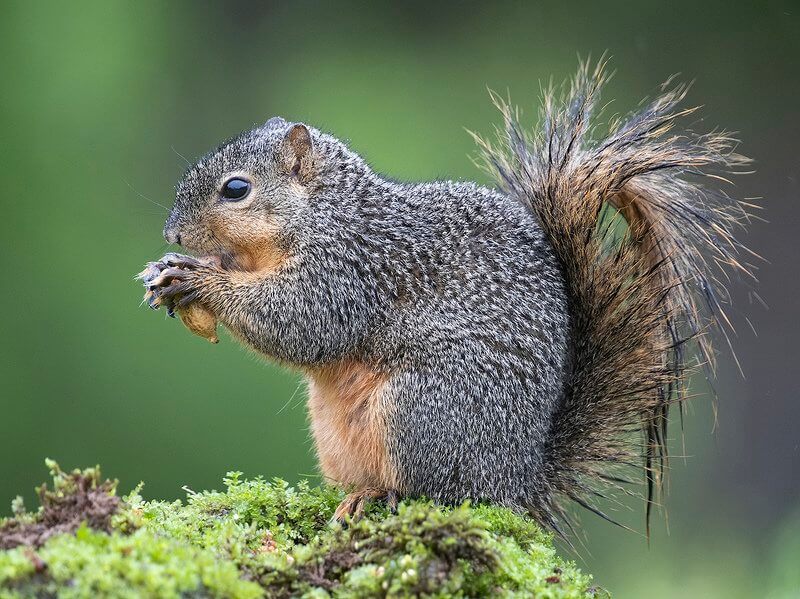
The genus Sciurus includes about 30 species that live in Asia, America, and Europe. But besides these animals, other members of the squirrel family are also called squirrels, for example, red squirrels, palm squirrels. These include the Persian, Fire, Yellow-throated, Red-tailed, Japanese, and many other squirrels.





